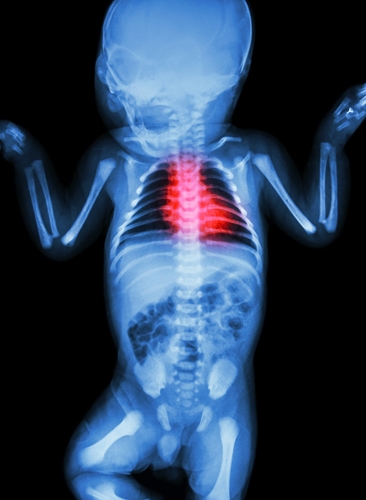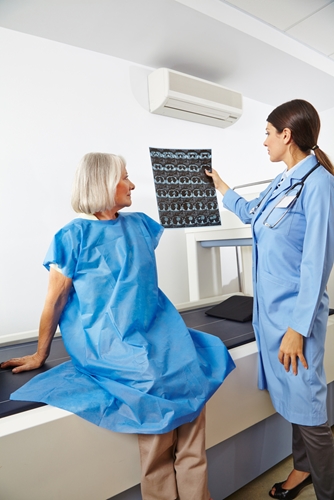Because their bodies are still developing, children are highly susceptible to the effects of radiation exposure. When undergoing medical imaging procedures, it is imperative that radiologists ensure that younger patients are protected from the potential damaging effects of the equipment.
According to a study published in the Journal of the American College of Radiology, the majority of hospitals in the U.S. have pediatric dose reduction standards for head CT, but there are variations among the facilities based on specific characteristics, HealthImaging explained. Researchers from the Harborview Injury Prevention and Research Center at the University of Washington in Seattle, led by Janessa Graves, Ph.D., M.P.H., distributed surveys to 751 hospitals to measure the efficacy of these regulations.
“The wide adoption of these practices suggested high awareness of the importance of mitigating radiation exposure among young injured patients,” wrote Graves, quoted by the news source.
Much of physicians’ attention toward reducing radiation doses can be attributed to the Image Gently campaign. Launched in 2008, the program set out to educate health care providers and parents on the importance of decreasing exposure to radiation. In order to determine how well hospitals were doing with the standards, Graves and her colleagues sent out the questionnaires and received 253 replies.
Their findings showed that 92.6 percent of the responding hospitals were utilizing pediatric dose reduction protocols. Facilities with fewer than 50 beds were 20 percent less likely to use standards than those with more than 150 beds. The authors also reported that teaching hospitals for radiology residents were more likely to use a protocol than traditional care centers.
“The presence of a training program may correlate with increased awareness of pediatric radiology safety issues, which contributed to the increased likelihood of teaching hospitals reporting protocol use in this study,” wrote the researchers, quoted by HealthImaging.
With the help of Image Gently and other national efforts from organizations such as the American College of Radiology, physicians have made considerable efforts in adopting patient safety practices.
Monitoring pediatric CT doses in different hospitals
In some areas of the country, communities may have separate hospitals dedicated to the care of children and adults. According to Diagnostic Imaging, children undergoing abdominal or pelvic CT received a much lower radiation dose at a pediatric facility versus an adult care center. A 2012 study from the Spectrum Health Helen DeVos Children’s Hospital in Grand Rapids, Michigan, examined more than 700 scans performed at the two types of hospitals.
Led by Heather Borders, M.D., pediatric radiologist at the hospital, the researchers found that the protocol compliance rates at adult facilities ranged from 21 to 44 percent. These numbers were reflective of pediatric patients being scanned using diagnostic radiology standards normally applied to older patients. If technologists are failing to follow guidelines, they could be putting young children at risk of developing malignancies from repeated exposure to radiation.
Physicians need to be monitoring their technicians to ensure that they are using the correct protocols for their existing PACS system. Additionally, following the guidance of Image Gently, radiologists can guarantee that they are doing their best to ensure the safety of pediatric patients.
Contact Viztek for more information.
Ronny Bachrach
Latest posts by Ronny Bachrach (see all)
- Konica Minolta Debuts First-of-Its-Kind Digital U-Arm System at AHRA - July 27, 2016
- Researchers Detect Signs Of Stroke Risk Using MRI - June 27, 2016
- Imaging Biz: Q&A with David S. Channin MD: How to Make PACS Patient Centered - June 22, 2016










